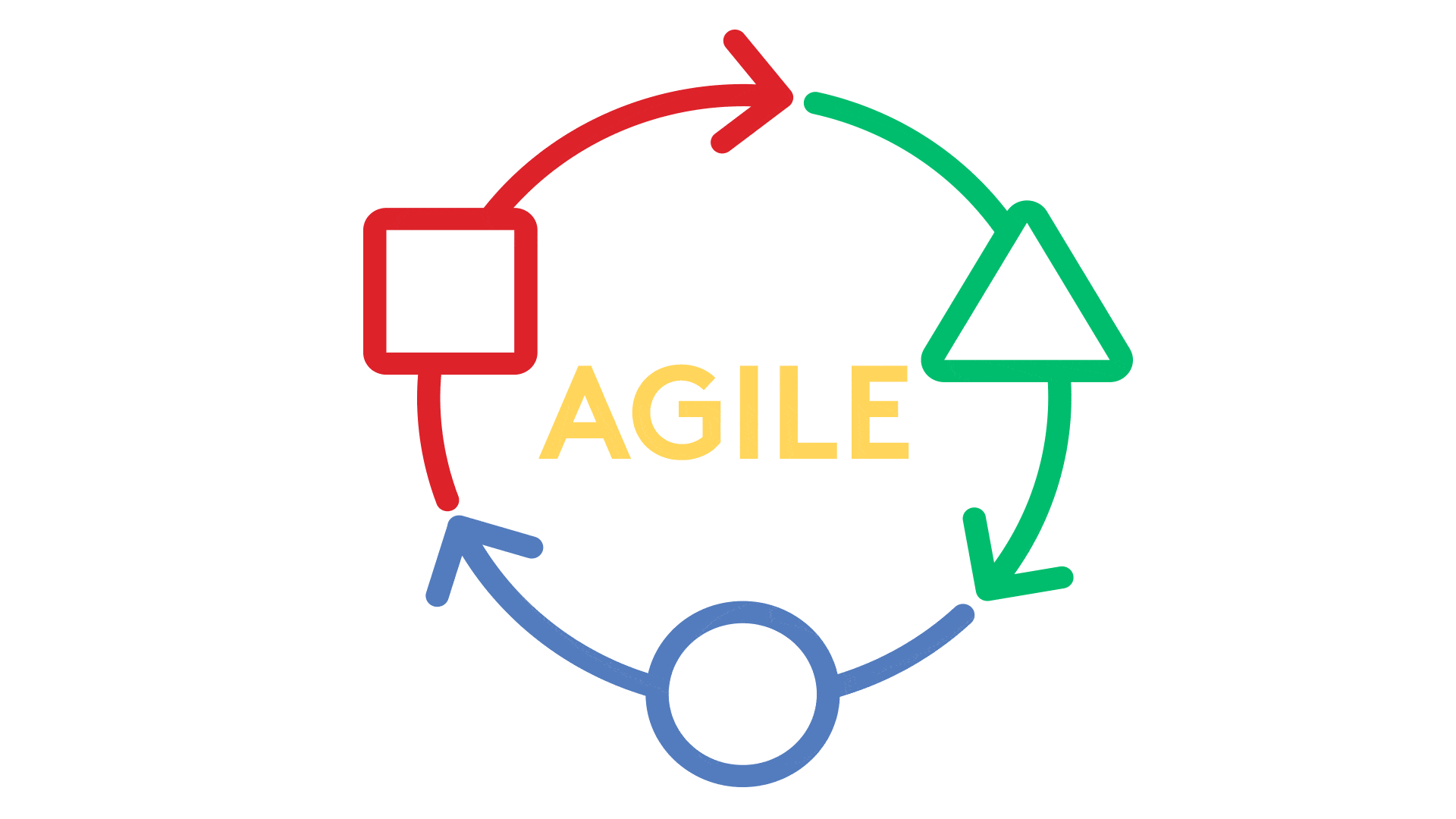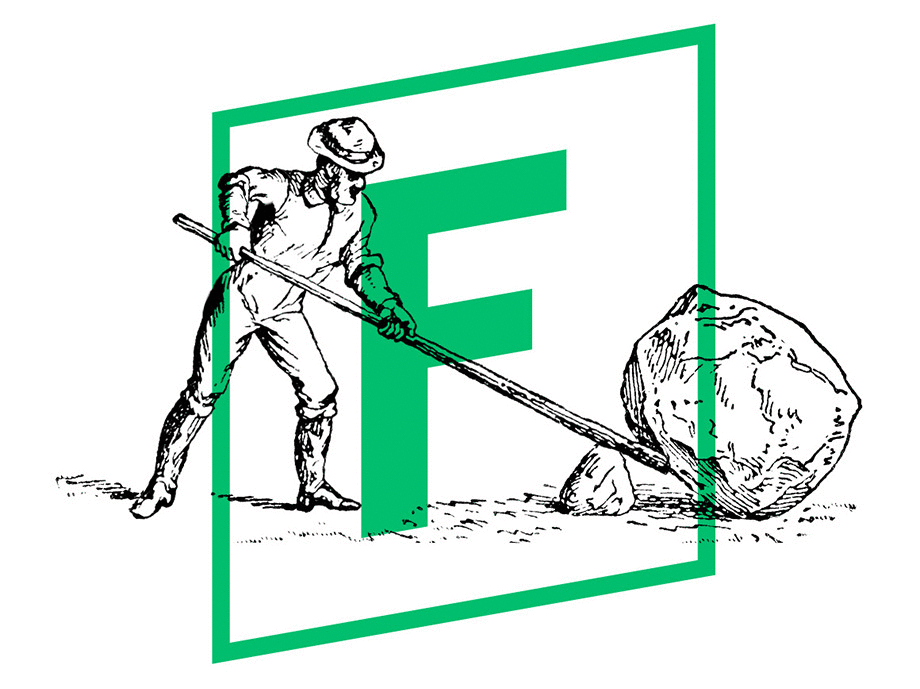
Want Your Organization to Be Agile? L&D can Help.
Agility. It rhymes with stability. And, according to a new report from McKinsey, it is quickly becoming the optimal organizational paradigm for the digital revolution.
Where We’ve Been & Where We’re Going
Did you know that fewer than 10% of the non-financial S&P 500 companies in 1983 remained in the S&P 500 in 2013? This stat is at the heart of McKinsey’s argument that old way of doing business – wherein organizations were thought of and run like machines – doesn’t work in the digital age. Emerging trends like…
- Quickly evolving environments
- Disruptive technologies
- The democratization and digitization of information, and
- A new war for talent
…make it hard for hierarchical, bureaucratic, siloed organizations (machine organizations) to thrive. Instead, the most successful organizations are moving toward agile paradigms where the organization is an organism, rather than a machine. These agile organizations are more dynamic than their machine predecessors. In turn, they can adapt to the pace and implications of the trends above.
What Agile Organizations Look Like
Agile organizations balance the notions of dynamism and stability. They typically consist of a stable backbone – like a core leadership team– that evolves slowly. This stable backbone is surrounded and supported by networks of empowered teams that can adapt quickly to new challenges and opportunities.
“A smartphone serves as a helpful analogy; the physical device acts as a stable platform for myriad dynamic applications, providing each user with a unique and useful tool.” – The Five Trademarks of Agile Organizations
Agile & L&D
So what does this momentum shift toward more agile organizations mean for L&D? L&D is critical to helping organizations fully embrace an agile paradigm. Here’s why:
Skill Verification
One of the hallmarks of agile organizations is that they empower employees to focus on work that will help the organization achieve its goals without telling employees exactly what to do. But how can an organization trust that its people can handle this level of autonomy? How do they know that their people have the skills necessary to make the right decisions? Leveraging emerging learning technologies, L&D can verify the skills, attitudes and aptitudes of employees. They can identify gaps, root out areas where more coaching is needed, ensure teams are staffed with the right talent, and even build stronger, more accurate communities of knowledge and practice.
Continuous Learning
Continuous learning is part of the DNA of agile organizations. And it’s up to L&D to build out the systems and technologies that support it and facilitate a broader culture of learning. This means decentralizing learning from the corporate university or in-person lecture, and making it available on demand and/or just-in-time. It also means, embracing tools – like, AI-powered chatbots, internal wikis, adaptive learning platforms and online content libraries – that allow employees to easily seek out new information, build new skills and share knowledge.
Flexible Learning Technology
In striving for continuous improvement, agile organizations are all about rapid iteration and experimentation. That means that operational models, business cycles and even products can change quickly. L&D plays a critical role in ensuring that training to keeps pace with these changes, so employees are equipped with the knowledge they need to perform their jobs and meet customer and client expectations. To do so, L&D needs to leverage tools and technologies that offer speed and flexibility – making it easy to edit content, build new programs, monitor efficacy and move people forward.
Today’s environment is creating a shift in organizational mindsets – from a machine to an organic, agile paradigm. And while the change will be a difficult one, L&D is well set to make the transition a little smoother.
For more information about Fulcrum Labs, our adaptive technology or how we can help your L&D department prepare for a future (or current) evolution to the agile business paradigm, let’s connect.
